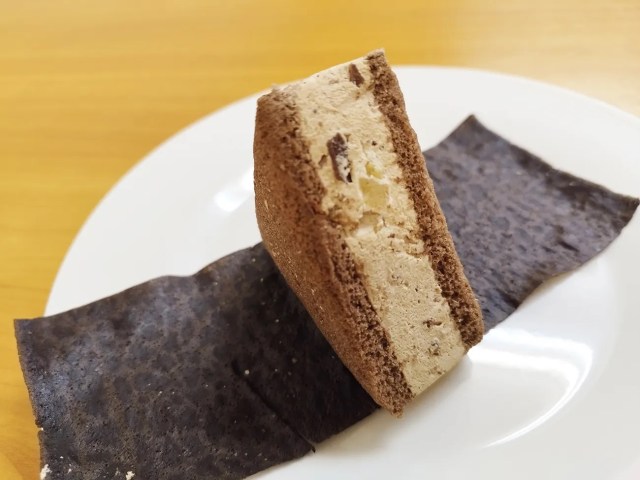
We find out if a cake that looks like an omusubi rice ball is worth your yen.
Our reporter Seiji Nakazawa is always on the lookout for products and places that appeal to foreign tourists, so when a friend tipped him off about a cake that had been mentioned on Korean message board “MLBPARK”, he went to the site to check it out.
Sure enough, the thread described this cake as being not only popular with foreign tourists, but popular in Japan, which seemed odd to Seiji as he hadn’t really seen locals in Japan raving about it. It wasn’t like it was Rome’s Maritozzo, a sweet cream-filled bun that took the country by storm a few years ago. Now that was a cake that was undoubtedly popular, but this…well, this seemed far less ubiquitous by comparison.
Either way, he wasn’t going to pass up an opportunity to eat cake, so he bought half a dozen of them online and got them delivered to the office for a taste test.
Opening the box, Seiji laid out the cakes, which were triangular in shape, as they were designed to represent…
▼ …omusubi!
Omusubi is another word for onigiri, or rice ball, and that’s what these Omusubi cakes represent. Not only do they have the same shape but they also use the same packaging, with the tag to open them tearing the plastic down the middle, just as it does when you buy a rice ball.
Once the package has been peeled off the cake, it stands proud like a rice ball, with an outer layer that resembles seaweed.
The seaweed is actually a thin layer of crepe, and hiding inside is a triangular cake with cream sandwiched between two sponge slices.
The flavours in the range are mainly ones that pair well with cream, like white peach, chocolate banana, and adzuki red bean butter. Interestingly, the Choco Banana variety doesn’t contain actual banana, but it still has an intense banana taste, and every mouthful was like eating a chocolate-covered banana.
▼ Or a banana chocolate rice ball without the rice.
Similarly, the adzuki bean butter had a strong buttery flavour, and the red bean paste had a real presence. If it were too sweet, a combination like this could be unpleasant, but the cream had a modest sweetness that gave it a light aftertaste.
Seiji was curious to get a second opinion from another local about the cakes, so he enlisted colleague Ikuna Kamezawa to taste one of them and share her thoughts about it. After trying the chestnut variety, she said, “I don’t like cream that’s too sweet, but this is just right.”
She also praised it for its ease of eating, as it’s not everyday you can eat cake with your hands and not have them become a sticky mess.
▼ The crepe on the outside stops the filling from spilling out while keeping your hands nice and clean.
Although Ikuna didn’t think these cakes were particularly popular in Japan, she does know a few foreign friends who’ve mentioned them, and the Japanese flair and English writing on the packaging does suggest that inbound tourists are the target market.
▼ The Omusubi Cake was born in Osaka in 2019.
Whomever the target market is, Seiji reckons these are great cakes that deserve more recognition. They can be purchased online, priced from 1,410 yen (US$9.38) for sets of three, with gift boxes also available.
▼ Seiji paid 2,920 yen for his set of six with a gift box, and with the 1,100 yen postage cost, his total came to 4,020 yen.
Having tried eight of the cakes when they were first released in 2019, we can attest to their deliciousness, and with a vending machine now selling them at Haneda Airport, these cakes look to be on an upward trajectory to superstardom.
Seiji reckons they’re well poised to fill the maritozzo-shaped hole in our hearts and become the next big thing in the cake world, along with these elegant sushi cakes, so be sure to try them if you can, before they start booming in popularity and become hard to get!
Related: T’s GALLERY
Photos ©SoraNews24
● Want to hear about SoraNews24’s latest articles as soon as they’re published? Follow us on Facebook and Twitter!
[ Read in Japanese ]

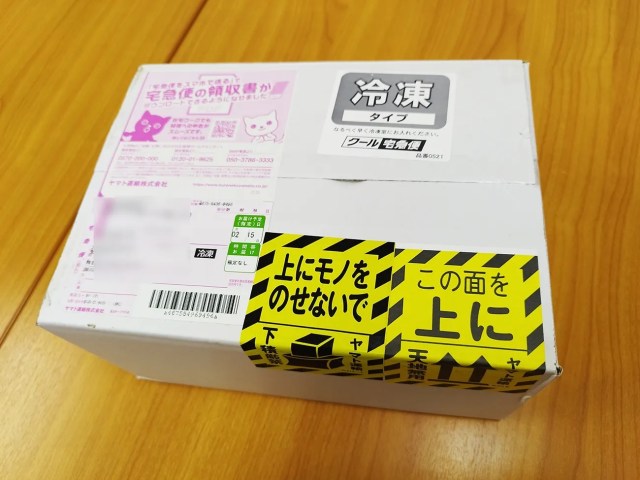
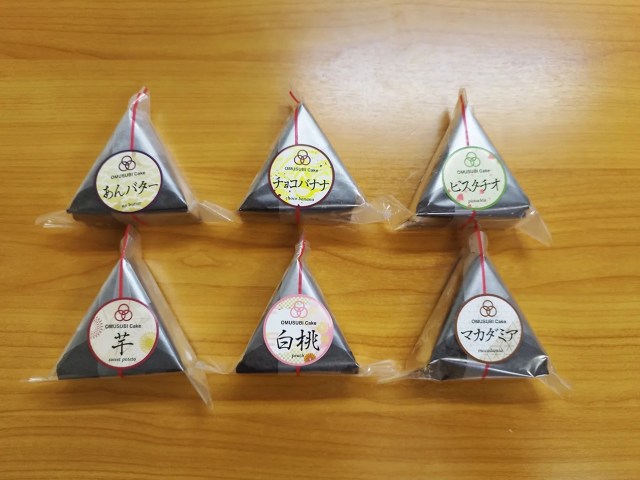
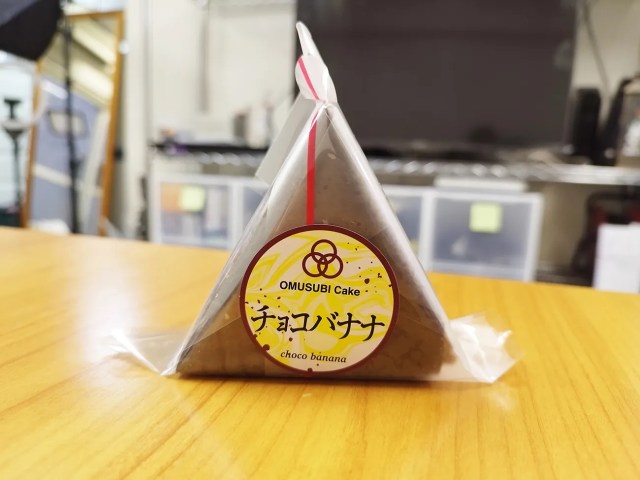
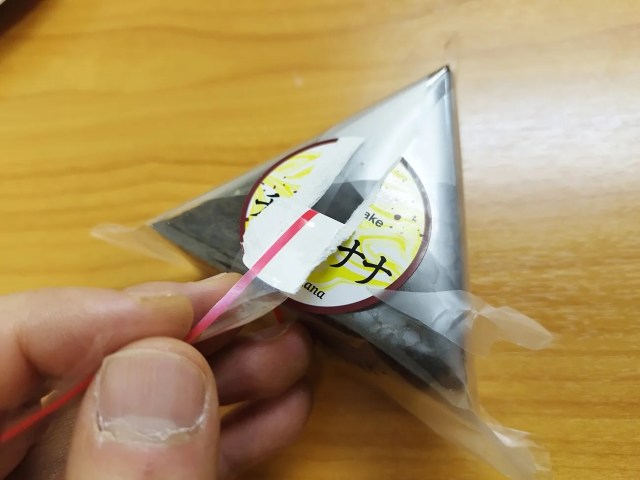
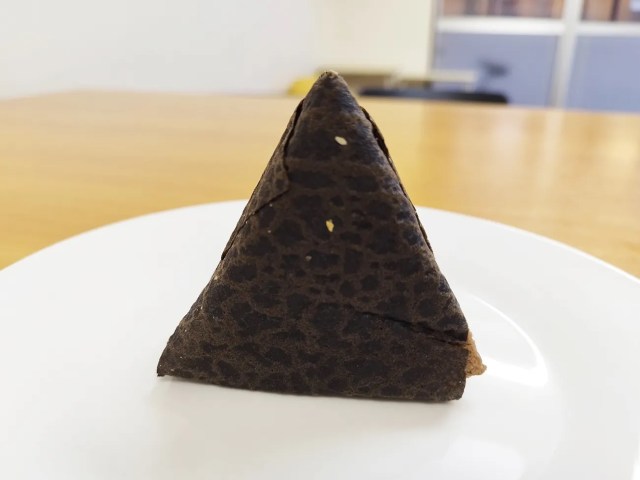

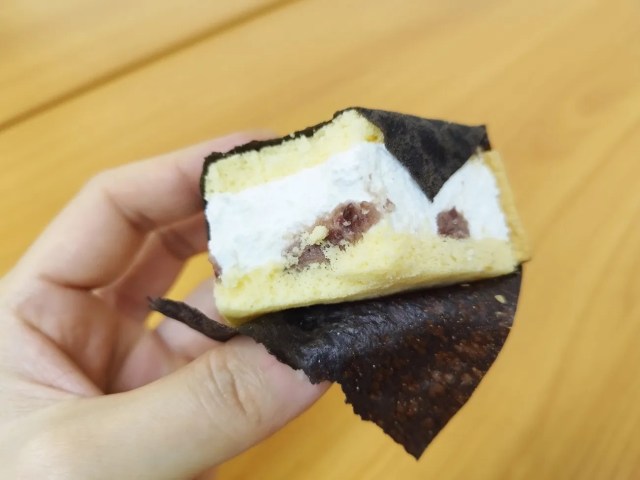
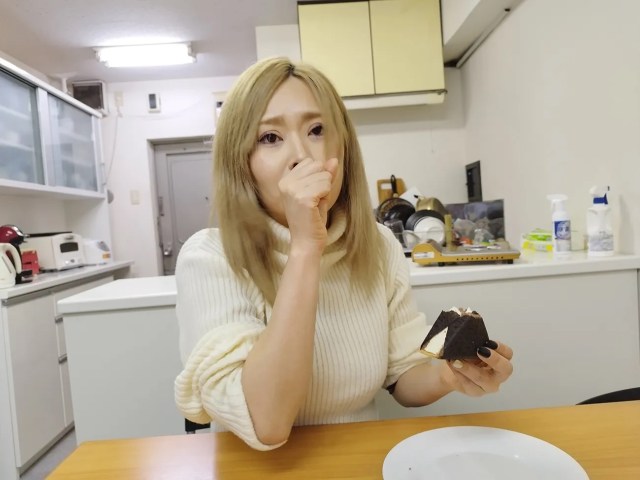
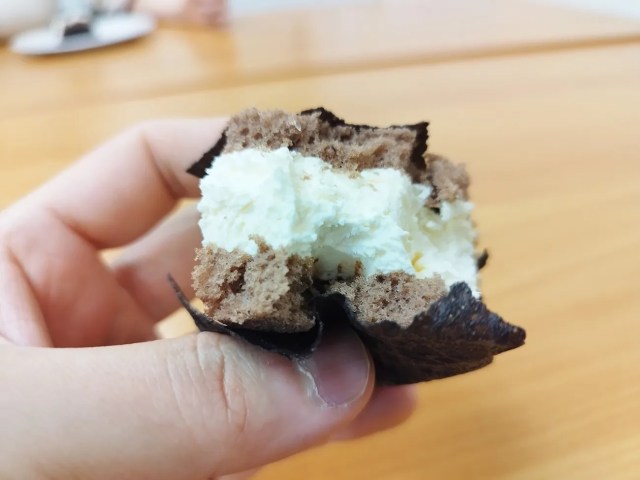
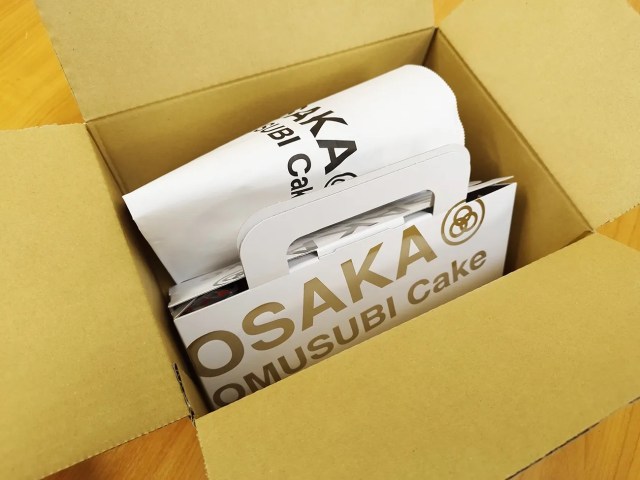
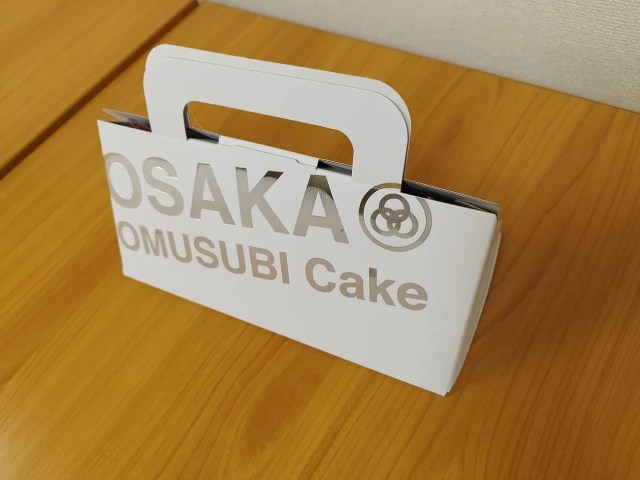
 Japanese vending machine sells…onigiri cakes!?
Japanese vending machine sells…onigiri cakes!? Does Starbucks Japan’s new rice cake Frappuccino live up to the hype?
Does Starbucks Japan’s new rice cake Frappuccino live up to the hype? Cappuccino Ramen becomes super popular in Japan, but is it worth the hype?
Cappuccino Ramen becomes super popular in Japan, but is it worth the hype? Does McDonald’s Japan’s first-ever matcha pie live up to the hype?
Does McDonald’s Japan’s first-ever matcha pie live up to the hype? Tokyo Banana World comes out with new matcha cake that looks sure to be a treat
Tokyo Banana World comes out with new matcha cake that looks sure to be a treat Japan’s new difficult-to-drink-from beer glass protects your liver, but it’s a brutal experience
Japan’s new difficult-to-drink-from beer glass protects your liver, but it’s a brutal experience How to order snacks on a Shinkansen bullet train in Japan
How to order snacks on a Shinkansen bullet train in Japan New samurai glasses are Japan’s latest weird must-have souvenir
New samurai glasses are Japan’s latest weird must-have souvenir New Pokémon ice cream, dessert drinks, and cool merch coming to Baskin-Robbins Japan【Pics】
New Pokémon ice cream, dessert drinks, and cool merch coming to Baskin-Robbins Japan【Pics】 Doraemon found buried at sea as scene from 1993 anime becomes real life【Photos】
Doraemon found buried at sea as scene from 1993 anime becomes real life【Photos】 Burger King Japan suddenly adds Dr. Pepper and Dr. Pepper floats to its menu nationwide
Burger King Japan suddenly adds Dr. Pepper and Dr. Pepper floats to its menu nationwide Starbucks Japan welcomes alpacas for cute summer drinkware line【Photos】
Starbucks Japan welcomes alpacas for cute summer drinkware line【Photos】 High-fashion Totoro cuddle purse is like an elegant stroll in the forest【Photos】
High-fashion Totoro cuddle purse is like an elegant stroll in the forest【Photos】 Studio Ghibli hair accessories keep your style tidy with help from Kiki, Moro, Calcifer, and more
Studio Ghibli hair accessories keep your style tidy with help from Kiki, Moro, Calcifer, and more What if Sailor Moon characters were lingerie models? They’d look stunning like this 【Photos】
What if Sailor Moon characters were lingerie models? They’d look stunning like this 【Photos】 Nintendo history you can feel – Super NES, N64, and GameCube controllers become capsule toys
Nintendo history you can feel – Super NES, N64, and GameCube controllers become capsule toys Hello, cosmetics! Clinique teams up with Hello Kitty this summer for first-time collaboration
Hello, cosmetics! Clinique teams up with Hello Kitty this summer for first-time collaboration Demon Slayer: Kimetsu no Yaiba gets new roller coaster attractions and food at Universal Studios Japan
Demon Slayer: Kimetsu no Yaiba gets new roller coaster attractions and food at Universal Studios Japan “The most Delicious Cup Noodle in history” – Japan’s French Cup Noodle wins our heart【Taste test】
“The most Delicious Cup Noodle in history” – Japan’s French Cup Noodle wins our heart【Taste test】 Starbucks releases a cute Frappuccino and Unicorn Cake…but not in Japan
Starbucks releases a cute Frappuccino and Unicorn Cake…but not in Japan Kyoto Tower mascot termination reveals dark side behind cute Japanese characters
Kyoto Tower mascot termination reveals dark side behind cute Japanese characters McDonald’s Japan’s Soft Twist Tower: A phantom ice cream only sold at select branches
McDonald’s Japan’s Soft Twist Tower: A phantom ice cream only sold at select branches Yabai Ramen: What makes this Japanese ramen so dangerous?
Yabai Ramen: What makes this Japanese ramen so dangerous? Finally! Nintendo Japan expands Switch 8-bit controller sales to everybody, Online member or not
Finally! Nintendo Japan expands Switch 8-bit controller sales to everybody, Online member or not Japanese government wants to build luxury resorts in all national parks for foreign tourists
Japanese government wants to build luxury resorts in all national parks for foreign tourists To combat declining birth rate, Japan to begin offering “Breeding Visas” to foreigners
To combat declining birth rate, Japan to begin offering “Breeding Visas” to foreigners 10 things you should buy at 7-Eleven in Japan
10 things you should buy at 7-Eleven in Japan Studio Ghibli releases anime heroine cosplay dresses that are super comfy to wear
Studio Ghibli releases anime heroine cosplay dresses that are super comfy to wear Woman charged for driving suitcase without a license in Osaka
Woman charged for driving suitcase without a license in Osaka Studio Ghibli unveils My Neighbour Totoro miniature house model
Studio Ghibli unveils My Neighbour Totoro miniature house model Kyoto experiencing problems with foreign tourists not paying for bus fares, but not on purpose
Kyoto experiencing problems with foreign tourists not paying for bus fares, but not on purpose Fighting mild hunger with a Japanese soda that turns into jelly in the stomach【Taste test】
Fighting mild hunger with a Japanese soda that turns into jelly in the stomach【Taste test】 Studio Ghibli’s Howl’s Moving Castle tapestry unveiled in Japan for first time
Studio Ghibli’s Howl’s Moving Castle tapestry unveiled in Japan for first time McDonald’s new Happy Meals offer up cute and practical Sanrio lifestyle goods
McDonald’s new Happy Meals offer up cute and practical Sanrio lifestyle goods Sales of Japan’s most convenient train ticket/shopping payment cards suspended indefinitely
Sales of Japan’s most convenient train ticket/shopping payment cards suspended indefinitely Sold-out Studio Ghibli desktop humidifiers are back so Totoro can help you through the dry season
Sold-out Studio Ghibli desktop humidifiers are back so Totoro can help you through the dry season Japanese government to make first change to romanization spelling rules since the 1950s
Japanese government to make first change to romanization spelling rules since the 1950s Foreigner’s request for help in Tokyo makes us sad for the state of society
Foreigner’s request for help in Tokyo makes us sad for the state of society Ghibli founders Toshio Suzuki and Hayao Miyazaki contribute to Japanese whisky Totoro label design
Ghibli founders Toshio Suzuki and Hayao Miyazaki contribute to Japanese whisky Totoro label design Tokyo’s most famous Starbucks is closed
Tokyo’s most famous Starbucks is closed Princesses, fruits, and blacksmiths: Study reveals the 30 most unusual family names in Japan
Princesses, fruits, and blacksmiths: Study reveals the 30 most unusual family names in Japan Can you really drink Sushiro Japan’s limited-time-only drinkable cake? We find out
Can you really drink Sushiro Japan’s limited-time-only drinkable cake? We find out This frozen “lucky bag” from a leading sushi chain has absolutely no sushi in it
This frozen “lucky bag” from a leading sushi chain has absolutely no sushi in it Are the new sold-out official Pokémon cookie kits worth the hype?
Are the new sold-out official Pokémon cookie kits worth the hype? Starbucks pizzas become a hot topic in Japan, but do they live up to the hype?
Starbucks pizzas become a hot topic in Japan, but do they live up to the hype? Takeout ramen broth: A new Tokyo winter noodle trend that’s worth the hype? 【Taste Test】
Takeout ramen broth: A new Tokyo winter noodle trend that’s worth the hype? 【Taste Test】 Tokyo’s first sushi cake specialty store opens in Japan
Tokyo’s first sushi cake specialty store opens in Japan Celebrate the Hinamatsuri Festival in sweet style with treats from Cozy Corner!
Celebrate the Hinamatsuri Festival in sweet style with treats from Cozy Corner! New Pokémon cakes let you eat your way through Pikachu and all the Eevee evolutions
New Pokémon cakes let you eat your way through Pikachu and all the Eevee evolutions Miniature Japanese ramen cakes are a rare, locally guarded secret
Miniature Japanese ramen cakes are a rare, locally guarded secret Tokyo’s Totoro Christmas cakes are now at the top of our Christmas wishlist【Photos】
Tokyo’s Totoro Christmas cakes are now at the top of our Christmas wishlist【Photos】 I can’t believe it’s not cake! Bakery’s newest creation looks just like tuna-sashimi bowl
I can’t believe it’s not cake! Bakery’s newest creation looks just like tuna-sashimi bowl Japan’s sushi that’s actually cake fools the eyes, blows the mind, pleases the stomach【Photos】
Japan’s sushi that’s actually cake fools the eyes, blows the mind, pleases the stomach【Photos】 Let’s go to a conveyor belt sushi restaurant — to enjoy delectable desserts!
Let’s go to a conveyor belt sushi restaurant — to enjoy delectable desserts! We get ready for romance by eating Krispy Kreme’s limited edition Valentine’s Day donuts
We get ready for romance by eating Krispy Kreme’s limited edition Valentine’s Day donuts Celebrate your oshi’s birthday in style with this fully customisable cake
Celebrate your oshi’s birthday in style with this fully customisable cake
Leave a Reply